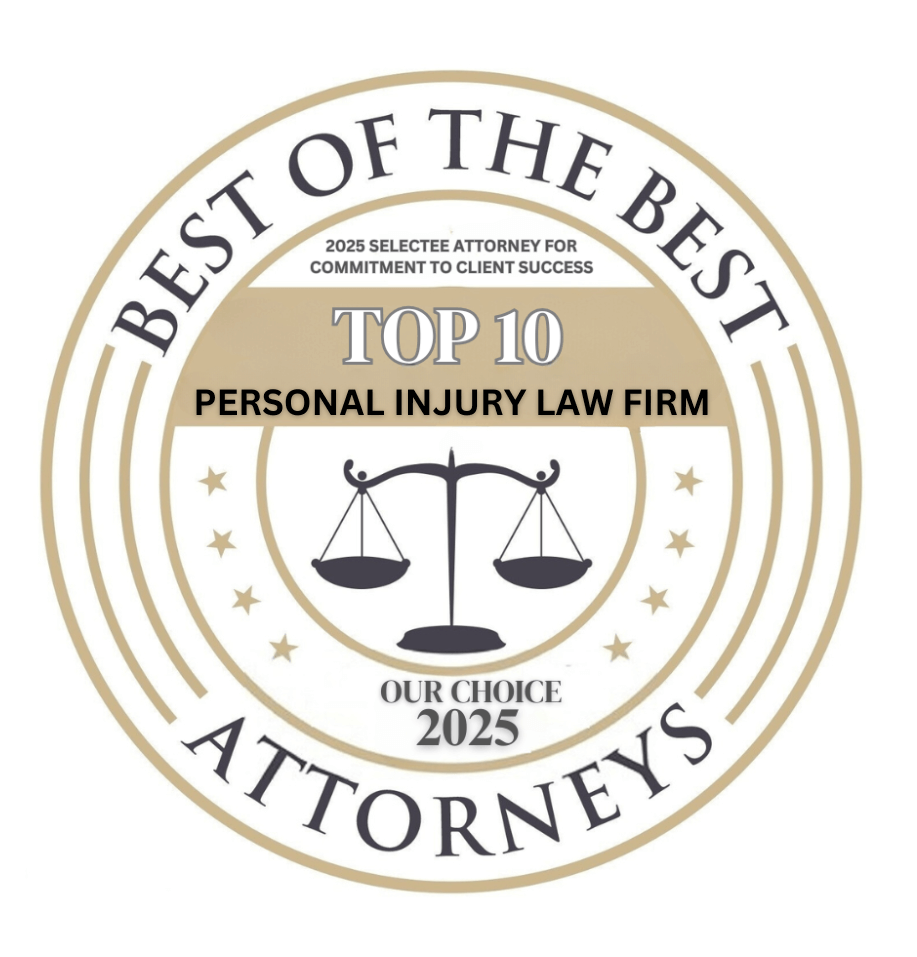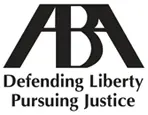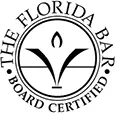Truckers Must Pay Attention to Their Blind Spots
Truck drivers operate large, ungainly vehicles. Of the many hazards that come with driving a big rig—and there are a lot of them—blind spots pose one of the toughest challenges for truckers. It takes constant vigilance to monitor vehicles of all sizes, from other large trucks to motorcyclists, passing through or riding in a big rig’s blind spots. Truckers know that one missed vehicle, one moment of inattention, can lead to tragedy.
But truckers are only human. The physical and mental demands of trucking take a toll on their attention and focus. They make mistakes and can cause trucking accidents with deadly consequences.
In this blog post, we explore the importance of truckers paying attention to their blind spots. We look at the dangers of truck blind spots, how truckers get educated about checking their blind spots, technologies available to assist truckers in avoiding blind spot accidents, and how anyone who shares the road with a big rig can protect themselves against blind spot accidents.
Truck Blind Spots: A Large and Constant Hazard
Let’s start by taking a look at the dimensions of the typical big rig’s blind spots, with help from the Federal Motor Carrier Safety Administration.
A Four-Sided Problem
Many people do not realize it, but big rigs have blind spots all around them, and they’re very difficult to monitor.
As drivers of ordinary passenger vehicles, we think of “blind spots” as that area you can check by glancing quickly over either shoulder before changing lanes. Not so on a big rig. The typical 18-wheeler with a single trailer has substantial blind spots on all four sides.
- In front of the truck cab, the blind spot extends about 20 feet forward of the truck. If you drive (or walk) in this area, you are totally invisible to the truck driver. (Incidentally, the same applies to buses and other large, high-riding vehicles. It is why we teach school children to walk well in front of a school bus if they must cross the street before getting on or after getting off.)
- Behind the standard-size trailer, the blind spot extends about 30 feet. Again, this area is totally invisible to the trucker without some sort of video-aided assistance.
- At least half the length of the trailer on the driver’s side, extending about one lane-width from the door of the cab to at least the mid-point of the trailer. The driver’s mirrors may cover most of this area if they’re the right shape and configuration, but there is no guarantee and there is always likely to be at least some area the mirrors do not see, especially just behind and below the driver’s seat.
- The length of the whole tractor-trailer on the passenger side, extending backward at a diagonal across two lane-widths. As above, the size, shape, and configuration of a truck’s mirrors will establish the exact dimensions of this blind spot, but it always exists.
The best defense against riding in a big rig’s blind spot is to follow the rule of thumb that if you cannot see the driver in their mirrors, then they cannot see you. Don’t make the mistake of thinking that if you see the mirrors the driver sees you. If you can’t see the truck driver in their mirror, then you are out of their range of view.
A Turning Problem
The size and shape of blind spots change when a tractor-trailer turns, because the cab and trailer pivot at their junction point. While turning right at an intersection, for instance, a trucker’s view in the passenger-side mirrors is of the side of their truck. Any person or vehicle sitting in the right-hand lane next to the truck at that moment is, in effect, totally invisible to the driver.
A Dynamic Problem
As we noted above, on the highway, smaller vehicles pass or ride in big rig blind spots all the time. It is a real and constant challenge for truckers to keep tabs on these smaller vehicles using only their mirrors and (in more modern trucks) blind spot warning systems. Any vehicle that disappears from view could be in the truck’s blind spot, could have dropped off behind the truck, or could have passed the truck without the driver taking notice.
Educating Truckers, and the Public, About Blind Spot Risks
Tackling Underlying Causes of Blind Spot Inattention
While education and enforcement play critical roles in reducing blind spot accidents, tragedies will continue to happen if we do not address two underlying features of trucking culture that lead to blind spot inattention: trucker fatigue and trucker distraction.
Trucker Fatigue
Truckers who get behind the wheel of a big rig without adequate rest put themselves and others on the road in extreme danger. Truck driving while fatigued causes the same degree of impairment as driving while drunk. And, distressingly, it happens all the time.
In a nationwide survey of big rig drivers conducted in 2010 and published in 2014, the Centers for Disease Control and Prevention found that at least one-third of truckers have nodded off behind the wheel of a big rig, and that about one in every fifteen long-haul truckers drives very drowsy every day. Truckers commonly feel fatigued for a host of reasons, but the two main reasons are that their irregular schedules make it difficult to get quality sleep, and that truckers represent an aging group of workers who are in relatively poor health compared to the general population.
Tired truckers lose focus, have slow reaction time, make poor decisions behind the wheel, and even “micro-sleep” (dozing off for a few seconds at a time). In that kind of condition, they lose the ability to keep constant track of other vehicles in their blind spots.
Nationwide initiatives to educate truckers about the dangers of drowsy truck driving, and regulations limiting the number of hours a trucker can spend behind the wheel, aim to reduce the number of tired truckers on the road. For now, however, tired truckers increase the danger of their own blind spots.
Trucker Distraction
Like all Americans, truckers are learning to adapt to a world dominated by mobile screens that draw their attention away from the road. Truckers who text, fiddle with a GPS, and otherwise interact with a screen while driving risk leaving their lanes and harming vehicles in their blind spots.
Truckers also conduct a significant portion of their lives “on the road.” The highway is their workplace and their truck cab is their “office.” Managing life while also managing a multi-ton truck can lead to inattention to the constantly-changing swirl of vehicles moving into, out of, and around a truck’s blind spots. Truckers must exercise vigilance not to become distracted by conversations, music, or thoughts that take their minds off of the complex task of driving safely.
Law enforcement crackdowns on distracted driving can help prevent big rig blind spot accidents. So can increased public awareness of the dangers of using screens behind the wheel.
Emerging Technologies Can Help, but Are Not Yet Widespread
Various technologies aimed at reducing large truck blind spot risks have emerged that will undoubtedly help to make Washington State roads safer. Similar to automated systems on upper-end passenger vehicles, these include lane-departure warning systems, blind spot awareness systems, and camera systems that make blind spots visible.
Unfortunately, these technologies are not yet widespread enough for motorists to count on. According to industry publication Fleet Owner, only about 40 percent of respondents to a 2018 survey of trucking fleet owners said they had so-called “advanced safety systems” installed on trucks in their fleet. Rates of adoption of these technologies will no doubt continue to improve, but for now drivers should not assume that a truck has these advanced systems or that a truck’s driver is familiar enough with the technology to make effective use of it.
Keeping Yourself Safe From Big Rig Blind Spot Risk
For now, following best practices around big rigs is the safest way for motorists to avoid blind spot inattention accidents. Here are some important tips for all drivers when sharing the road with long-haul truckers:
- Avoid blind spots. This may sound like obvious advice—you can’t get into a big rig blind spot accident if you avoid truck blind spots. But in practice this advice is not so easy to follow. In heavier traffic conditions, drivers can find themselves effectively “stuck” next to a large truck, directly in the truck’s blind spot, if they do not take active avoidance measures. As a rule, drivers should spend as little time in a truck’s blind spot as possible. Do not pass trucks on the right. Pass quickly on the left. And keep plenty of distance between the front or back of your car and any truck in the same lane.
- Be visible. The more visible your vehicle is, the better the chance a trucker will notice it. Use your daytime running lights, especially in less-than-ideal driving conditions. If you ride a motorcycle, wear bright colors. And of course, always remember: if you can’t see the trucker in their mirror, they can’t see you.
- Respect the size and weight of trucks. Trucks take a lot longer to stop than other vehicles. Do not cut in front of them and into their front-end blind spot. Do not try to pass them on a downhill where they might need to change lanes quickly before they overtake a vehicle in front of them. In high-wind conditions, especially cross-winds, give trucks a wide berth and if you must pass, pick a moment when you can zip by as quickly as possible.
- Check your own blind spots, too. Even a small car has blind spots. Be a responsible driver and always check yours. Practicing this basic safe driving technique keeps you and others out of harm’s way, and heightens your awareness of when you are riding in someone else’s blind spot.
Truckers Need to Check Blind Spots, but Do Your Part, Too
Truck blind spots will not disappear from Washington State roads anytime soon. Perhaps one day a perfect combination of technology, public health initiatives, education, and enforcement will bring us a drastic and lasting reduction in truck blind spot accidents. But until then, we should all exercise caution around trucks, give them a wide berth, and assume we share the road with a trucker who is at least as tired and potentially as distracted as we have all been at one time or another.
If you have questions about your rights after a truck accident involving a trucker who failed to check their blind spots, contact an experienced Washington truck accident attorney.
Free Consultation
We Are Here For You 24/7
Reviews
– Elissa M.
“Really pleased with Boohoff Law! Received immediate responses when I had any questions. Treated amazingly by all staff … made this process a true breeze!”
– Caitlyn M.
– Brandy K.
Related Posts
Collision Course: Identifying the Most Common Types of Motor Vehicle Accidents
Hit by an Uninsured Rideshare Driver? Your Questions Answered About Filing a Claim
How Can Dashcam or GoPro Footage Help My Motorcycle Accident Case?
Recovery is personal.
We’re here for you.
We’re close by. And if you can’t make it to us, we’ll meet you where you need us, at home or in the hospital.
You're better off with Boohoff.











The information on this website is for general information purposes only. Nothing on this site should be taken as legal advice for any individual case or situation. This information is not intended to create, and receipt or viewing does not constitute, an attorney-client relationship.
available 24/7
(877) 999-9999
